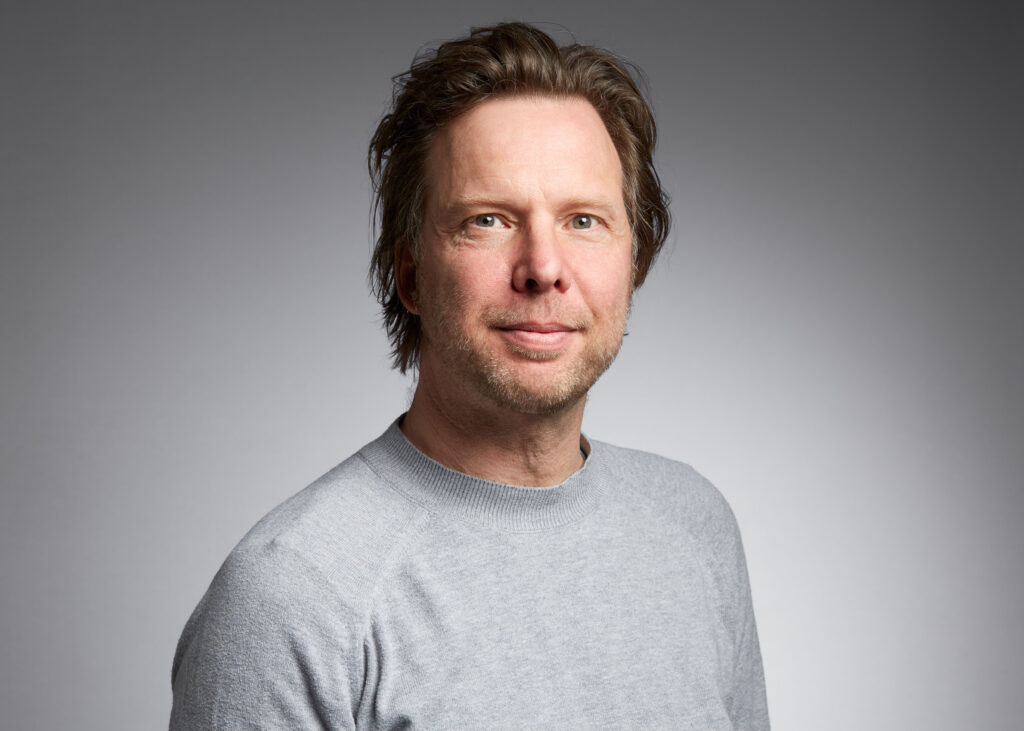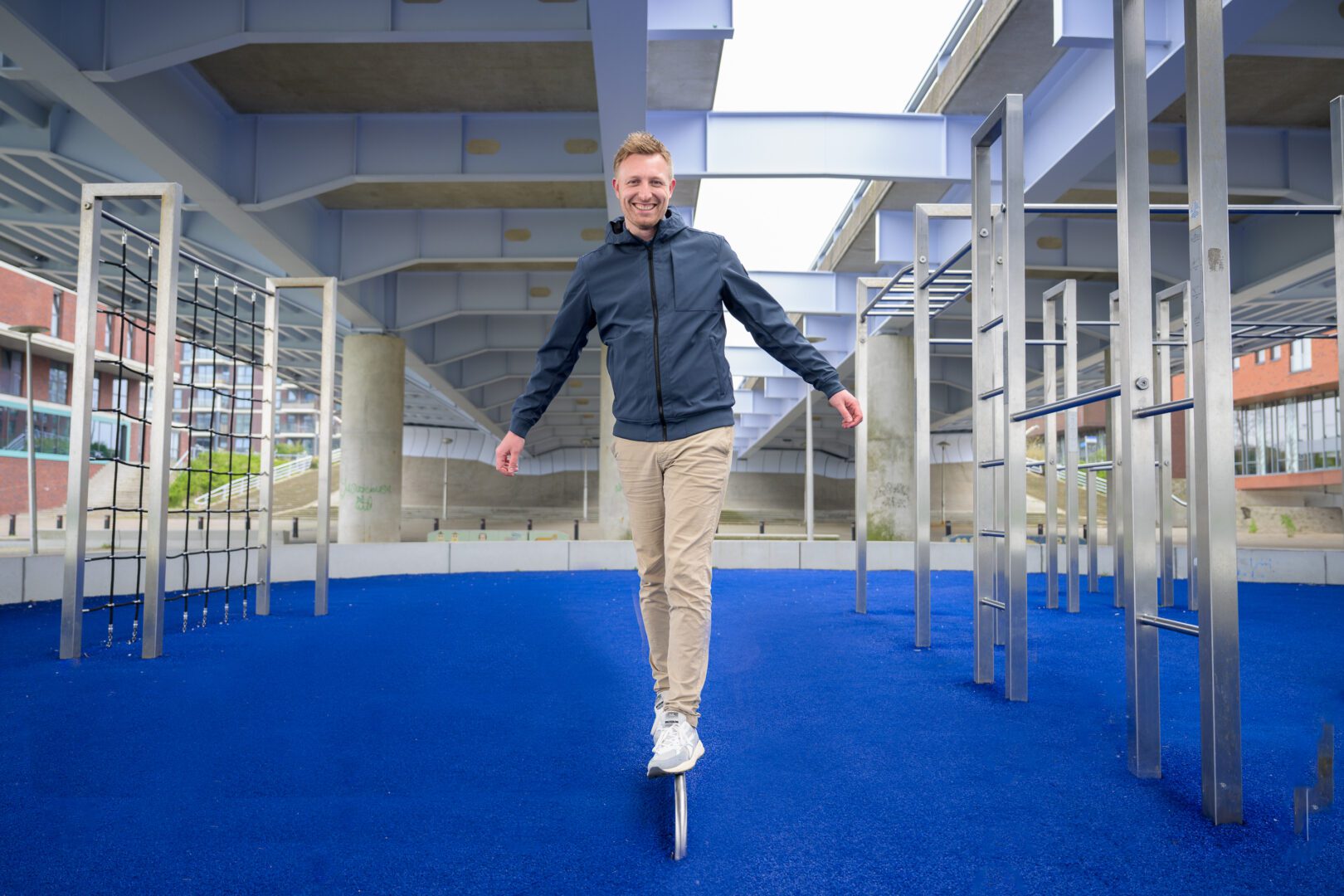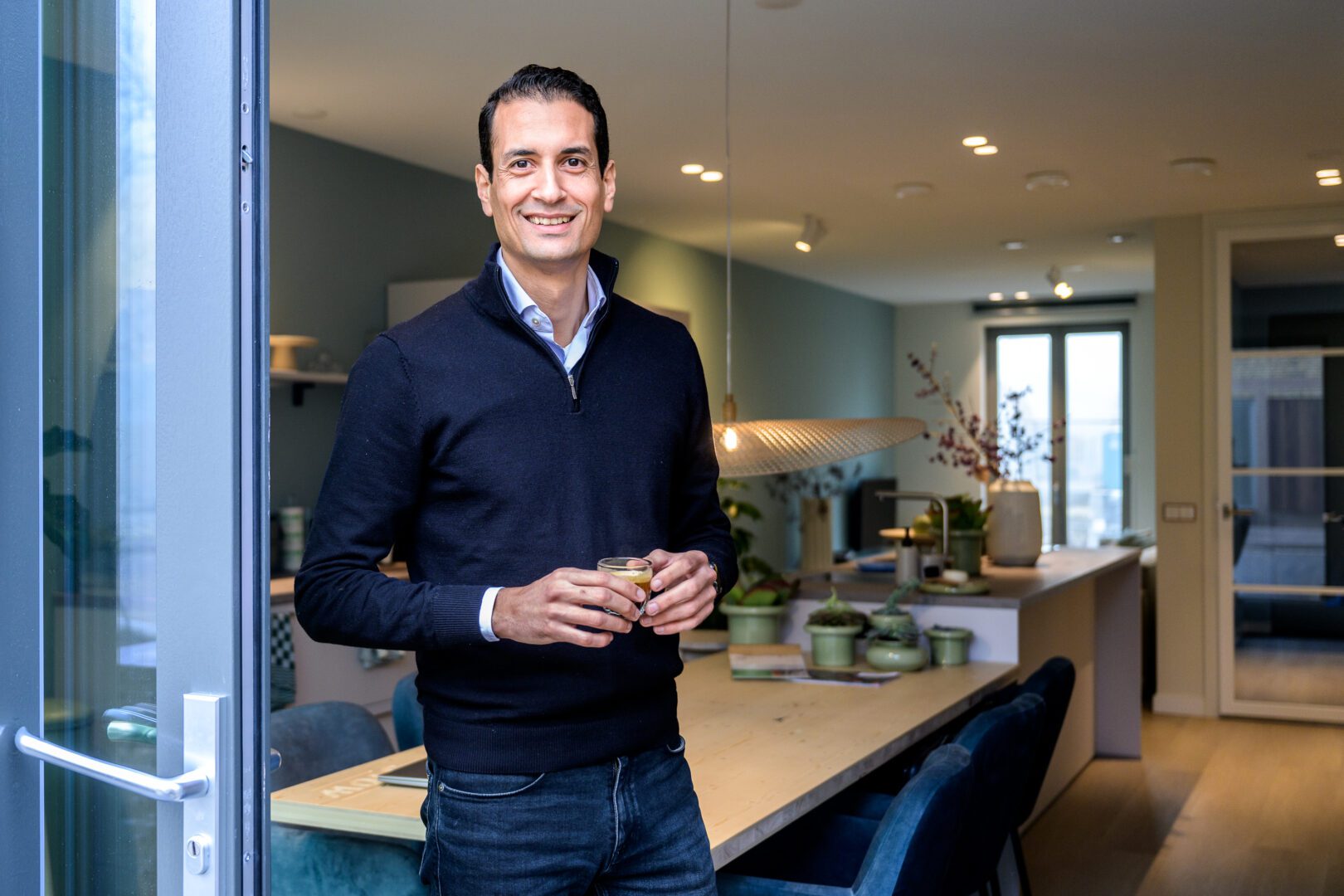The talent and companies that keep our knowledge economy running are scarce. Cities are therefore doing their utmost to attract and keep young professionals and entrepreneurs in the region. Partly for this reason, cities are increasingly interested in innovation districts. Living, working, education and innovation come together in these lively areas in the middle of the city. They are thriving ecosystems, focused on meeting and collaboration. AM is currently developing two innovation districts. One in Den Bosch and one in Zwolle. Marcel Janssen, project director AM and Edwin Greuter, area developer AM, explain why this form of area development requires thinking differently, sharing differently and doing differently.
Innovation districts as urban boosters
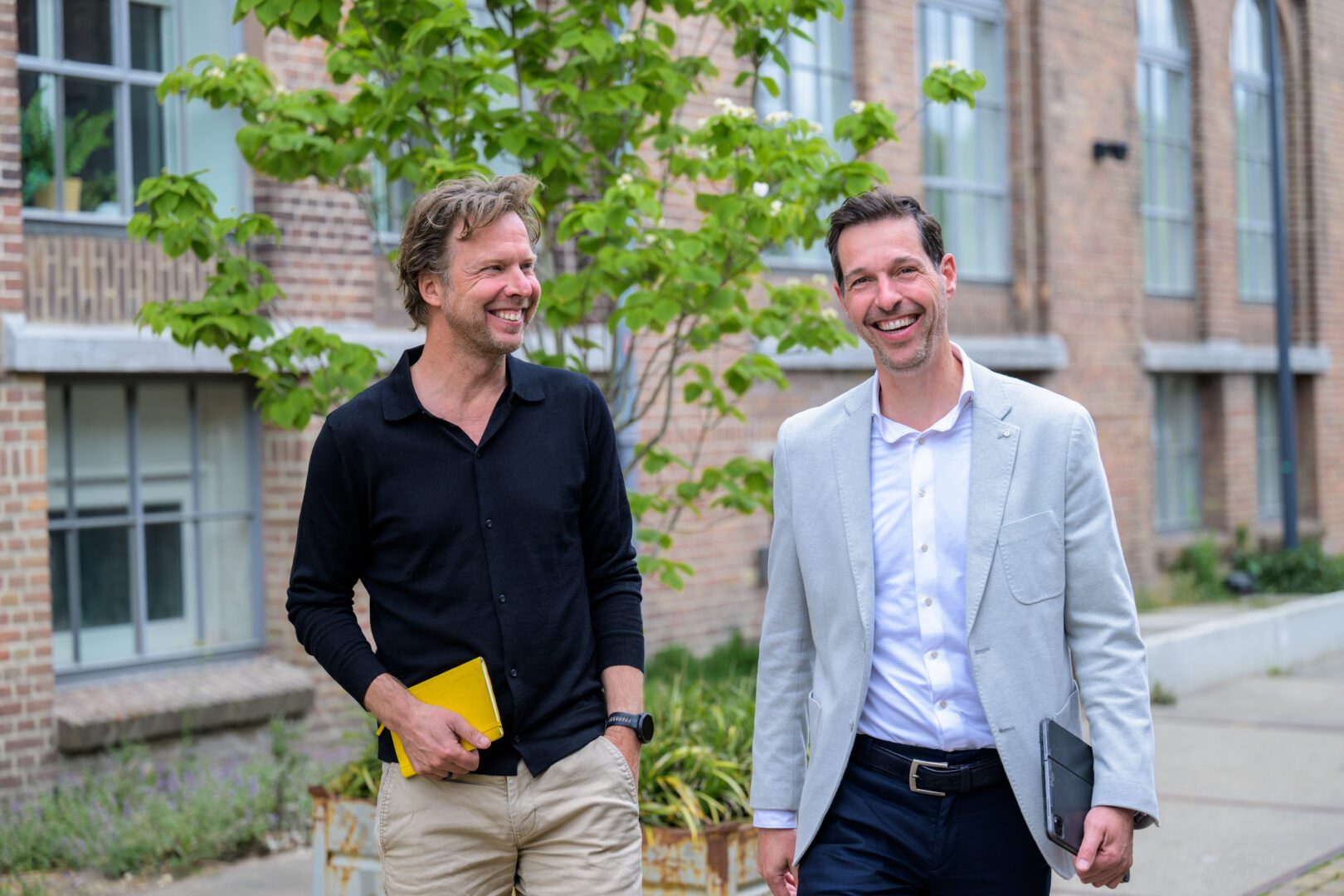
Innovation districts are urban areas that are booming worldwide. According to Marcel and Edwin, this is understandable, given the economic issues involved. Whereas area developments in municipalities usually arise from a space issue, innovation districts are based on an economic issue, Edwin explains: "As a city, how do you develop talent and then retain it? There is a war on talent. Young professionals are looking for inspiring and dynamic environments to live and work in, where they can develop themselves and their careers. This requires a new way of thinking from the municipalities, but also from the developer."
Living, working, education and innovation come together in these lively areas in the middle of the city.
Community strengthens innovation
Innovation districts go beyond traditional mixed-use areas with housing, offices, facilities and public space, Marcel adds. "An innovation district is an ecosystem: a network of the right companies, in which start-ups, scale-ups, established companies and knowledge institutions come together and all deal with a specific theme. It is all about making connections, a community working together and sharing knowledge in a different way. This creates space for collaboration, acceleration and innovation. We also see inspiring, successful examples of this abroad. The Seaport district in Boston, the 22@ district in Barcelona and One-North in Singapore, for example." All of these innovation districts bring together companies, universities, research centres and residential areas, creating vibrant incubators for innovation around themes such as technology, biotechnology or creativity.
AM tracks and identifies global trends and translates those insights to the local context. Marcel: "For example, we saw that in successful innovation districts like Boston, the proximity of education works as an incubator and location for startups. That proximity provides a constant flow of new talent to grow with. In addition, areas with many startups in the US also attract many venture capital investors. This has inspired us at Innovation Quarter Den Bosch (IKDB) to expand collaborations with educational institutions. The Jheronimus Academy of Data Science (JADS) has joined. This is a collaboration between Tilburg University and Eindhoven University of Technology. In addition, colleges such as Avans and the HAS and the mbo Koning Willem I College can also be found in the area."
Every innovation district its own breeding ground
That common theme, or profile that the companies and knowledge institutions have to meet, is crucial for innovation. Marcel: "This is the only way to achieve the right cross-overs between companies and knowledge institutions. For instance, Eindhoven focuses on high-tech, in Helmond you have the automotive campus and in Delft the focus is on bio science. So we look at the strength and DNA of a city. Den Bosch already has many companies involved in data science, it is the data city of the south, add the proximity of the JADS with its data science course and it is clear that data is a logical profile to distinguish the Innovation Quarter Den Bosch (IKDB) with." Edwin agrees that customisation is necessary in each innovation district. "In Zwolle, we are developing innovation district Wärtz, where the creative manufacturing industry is central and art and technology come together. Thanks to the cooperation with ArteZ University of Applied Sciences and the companies present in that sector, there is also a good breeding ground there."
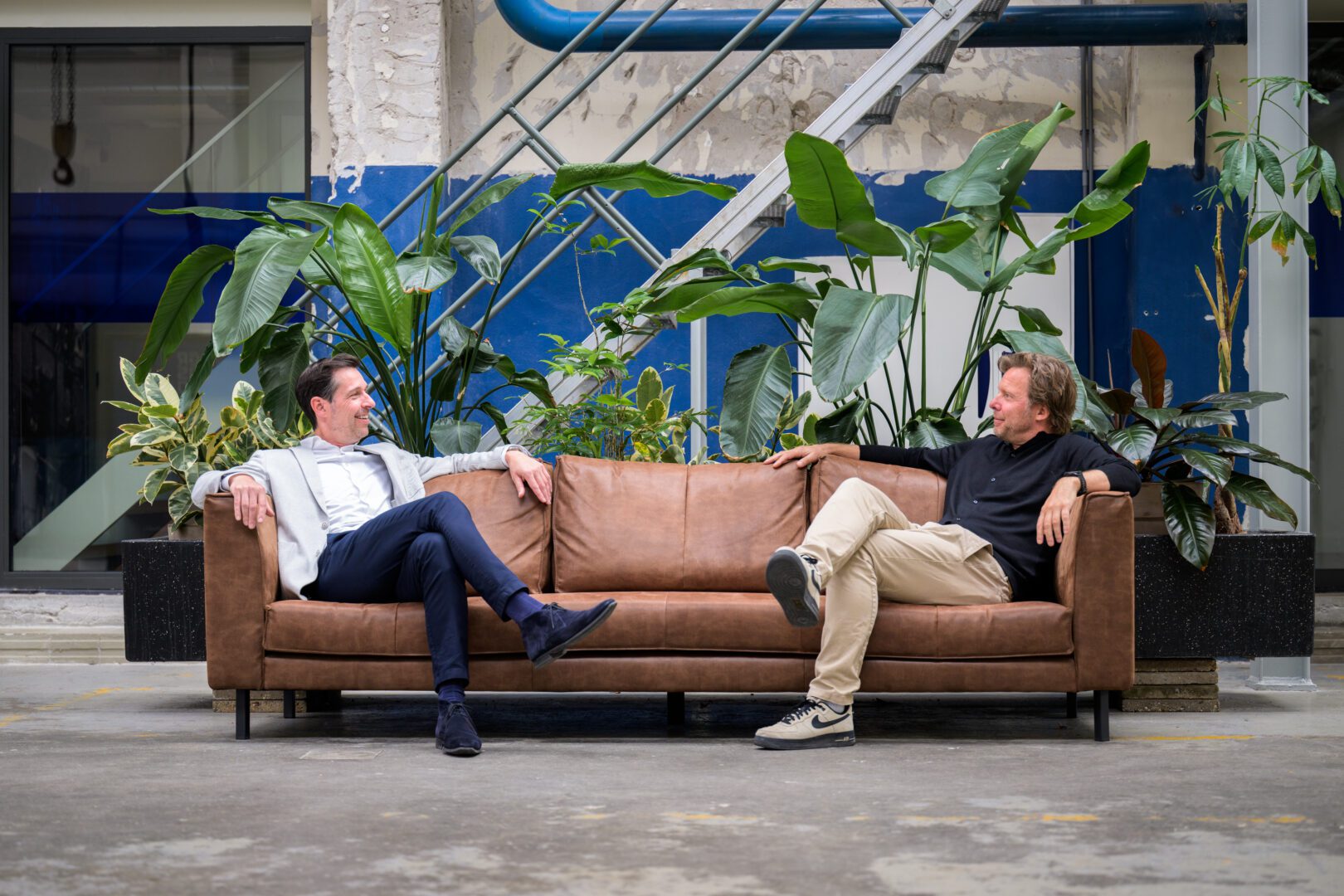
Bringing to life
But a clear profile alone won't get you there. Marcel: "It's not about the buildings, but about bringing an ecosystem and community to life. An area that stimulates social encounters, where knowledge is shared, events take place and where it buzzes with good connections between companies, with the city centre and public transport." Edwin explains that an innovation district needs the whole spectrum of companies: "From start-ups, to scale-ups and established companies. The start-ups attract young talent. The atmosphere in those companies is lively and less corporate, they shift gears quickly, have new ideas. The bigger companies can take those smaller companies under their wings. They can invest in ideas and provide facilities like labs. Through which the start-ups can make the growth to a scale-up."
Long-term involvement
To attract that right combination of businesses, educational institutions and target groups, AM remains involved longer than usual in an area development, Marcel explains: "Whereas we normally sell developed mixed-use buildings to investors or buyers, in the Innovation Quarter Den Bosch (IKDB) we deliberately choose to retain ownership ourselves. We do this together with the municipality of 's-Hertogenbosch and our investing development partner Coebax. This way, we can steer which companies settle there and keep a grip on the ecosystem. This also means that we are going for long-term cooperation and involvement in developing the IKDB in a Public Private Partnership ."
We don't go for the quick win. We believe in innovation districts.
Bringing expertise in
This long-term involvement to help the innovation district flourish is a new way of development for AM. Edwin: "Partly we have the expertise in-house, and partly we have to innovate ourselves. That means acquiring new knowledge and actively bringing in expertise from outside. Do we know everything? No. Can we organise it? Yes! As area developers, we are experienced innovators." Marcel gives examples of ways AM is gaining that new knowledge: "At IKDB, we work with our partner Coebax, which already has a lot of experience in developing campuses, which has a lot of common ground with developing innovation districts. We take inspiration from global innovation districts, as mentioned earlier, and in addition, we are looking for the right people with specialist knowledge and network in this field for this task."
Investing in relationship
Cooperation with the municipality also takes a different form. Marcel: "In Den Bosch, we cooperate with the municipality through a Public-Private Partnership. For that cooperation, we jointly set up a company (CV/BV), with management, shareholders and a supervisory board." Edwin: "That way, we are an equal partner alongside the municipality. We deal with public spaces, but together we also have to keep an eye on the economic parameters. That requires intensive coordination and sensitivity." To get this far together, investing in a good relationship is crucial, Edwin continues. "When you commit to an area for about 20 years, you also go through crises together and there are always uncertainties at play. So you have to lay a solid foundation for cooperation, and in both Zwolle and Den Bosch there is a willingness to do that." The fact that AM remains involved for so long contributes to trust. Edwin: "It shows that we don't go for the quick win. We believe in innovation districts."
